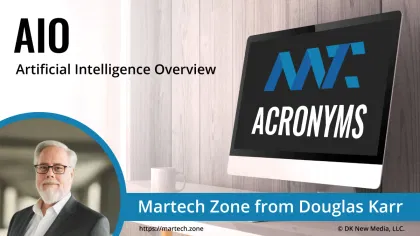
Generative AI (GenAI) summaries presented directly within Google’s search results that are designed to answer complex user queries by synthesizing information from multiple web sources using large language models (LLM). First widely released in 2024, AIOs represent a major shift in how search results are delivered, prioritizing contextual understanding and user intent over traditional link-based listings.
AIOs appear prominently at the top of the search results page and can occupy over 1,000 pixels of vertical space. They often include bullet points, multi-paragraph responses, and cited links to source material. Unlike featured snippets, which highlight excerpts from a single web page, AIOs compile insights from a broader range of sources—frequently beyond the first page of search results—to generate a cohesive, conversational answer.
These overviews are triggered by high-intent, complex, or multi-part queries, particularly in industries like healthcare, education, B2B technology, and insurance. They are part of Google’s broader integration of generative AI into the search experience, reshaping search engine optimization (SEO) by requiring content to be discoverable, structured, and authoritative enough to be included in the generative layer.
For marketers and content creators, optimizing for AIOs involves using clear headings and structured data, answering questions directly within content, and prioritizing relevance and quality over traditional SEO tactics like keyword density or backlink accumulation.